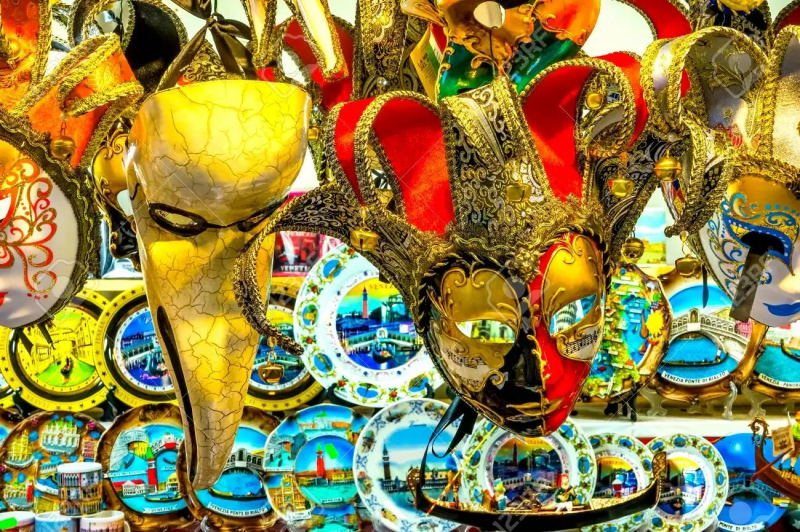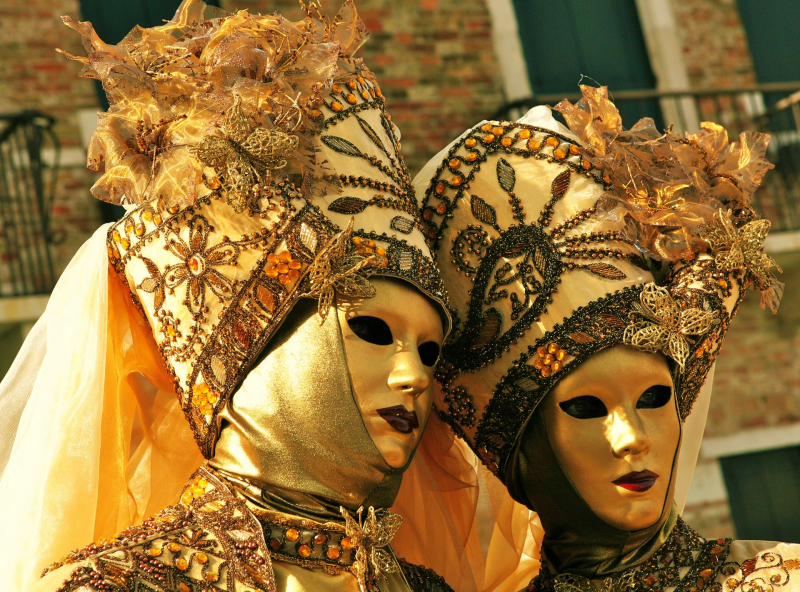Venetian masks used to be illegal
Venetian masks are a representation of the city and its festivities during February's carnival season. They can range from inexpensive plastic ones to expensive works of art with elaborate designs that cost hundreds of dollars. But historically, these masks had considerably less to do with public celebrations. In the days before Lent, they were worn in the city to hide people's identity when they participated in any activity that wasn't sanctioned by the Church.
They were sometimes used to hide unlawful or criminal behavior, while other times they were for much less sinister behavior that was nonetheless frowned upon, such amorous encounters. They were indeed made unlawful for this reason at various stages in Venice's history. These striking face coverings have been around since the 13th century. By the 17th and 18th centuries, they had gained such widespread acceptance among the elite that the government was forced to impose restrictions on their use. The legislation was enacted that restricted the use of masks to the three months leading up to Lent.
Certain actions were occasionally prohibited when wearing masks. Throwing eggs laden with perfume at onlookers was one of the Venetians' favorite pastimes in the thirteenth century. The secrecy of mask-wearing, however, encouraged some to start hurling ink-filled eggs instead. Due to this, a regulation prohibiting the wearing of masks and the throwing of eggshells was passed in 1268.













